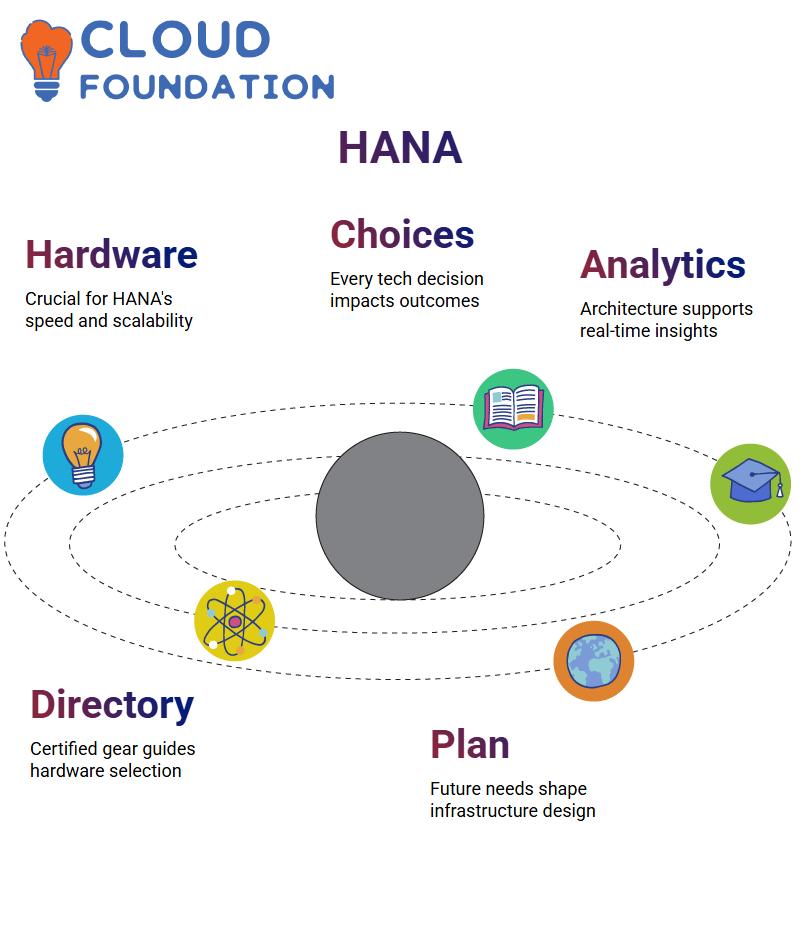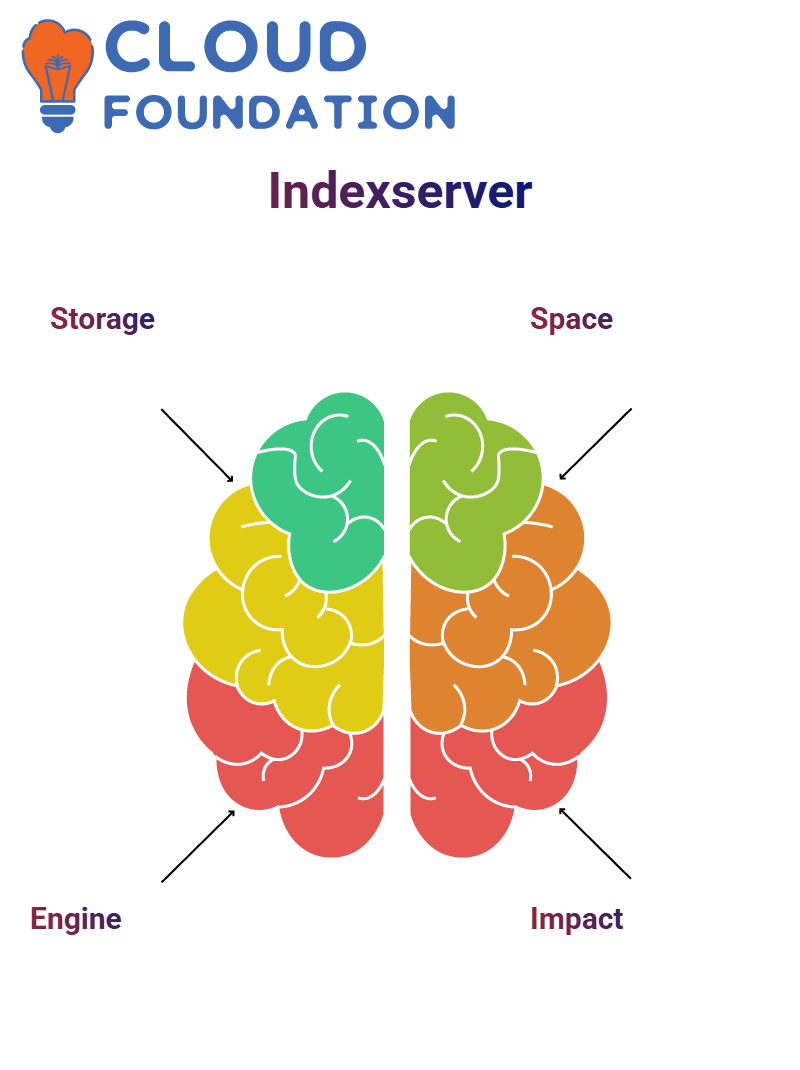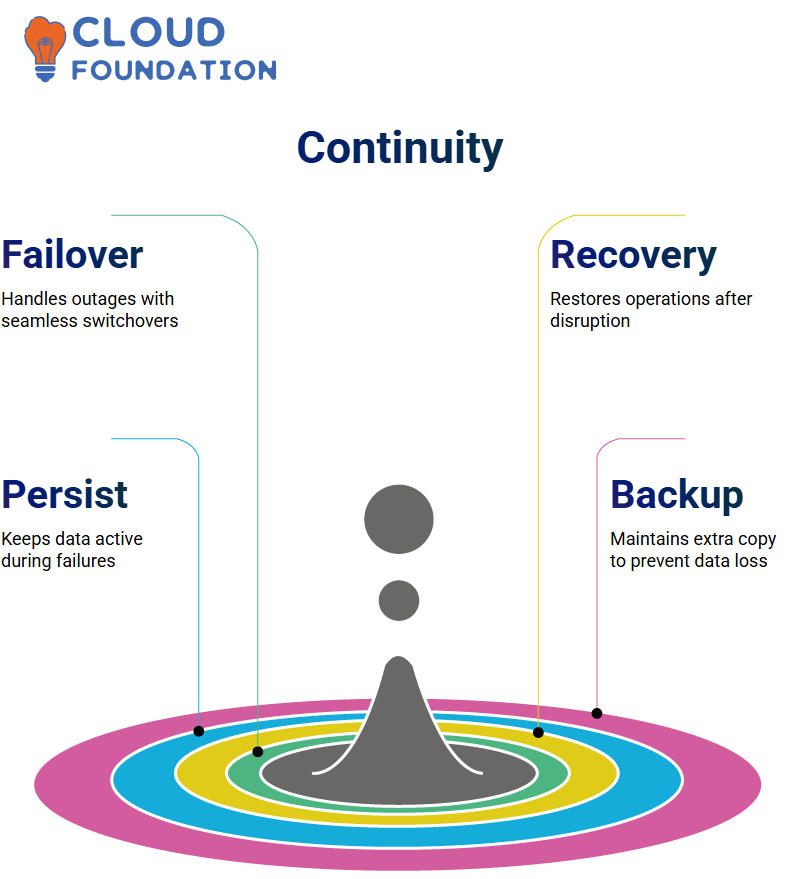SAP HANA Technical Training Program
SAP HANA’s Impact on Modern Infrastructure
My takeaway from this week’s SAP HANA session is clear: SAP HANA is more than software; hardware and configuration choices have a dramatic impact on its performance, reliability, and scalability.
Every detail matters when making decisions, such as selecting SSDs for rapid access or choosing between scale-up and scale-out solutions. Every decision made matters!
Over the coming weeks and months, I plan on diving deeper into SAP HANA-certified setups.
There’s something truly captivating about understanding how RAM sizes, processor architecture and network designs all play into supporting SAP HANA’s real-time analytics capabilities.

SAP HANA Hardware Directory
One of my favourite tasks has been exploring the official SAP HANA hardware directory. It’s like window shopping for enterprise gear; only here, you’re selecting certified appliances instead of gadgets!
Each listing displays whether their solution supports scale-up or scale-out functionality, along with processor model information and supported RAM sizes, as well as vendor contact details.
Ultimately, this step helped me recognise all of the thought that goes into setting up an SAP HANA environment.
Selecting hardware goes beyond memory alone: it should take into account both current and anticipated future system requirements to provide you with an SAP HANA solution that offers optimal performance and support.
SAP HANA Storage Technologies
I recently had the privilege to gain insight into some key hardware considerations that impact SAP HANA performance optimisation.
As my initial step, I investigated the differences among solid-state drives (SSDs), hard disk drives (HDDs) and flash drives.
SSDs stood out because of their rapid read/write operations, energy efficiency and durability compared to HDDs and flash drives.
SSDs’ non-volatile memory makes them ideal for SAP HANA’s high-performance data access capabilities.
Next I compared HDDs and SSDs. While HDDs offer greater capacity at reduced costs, their access speeds fall short in SAP HANA environments where responsiveness is of the utmost importance. On the other hand, flash drives make great mobile backup devices.
Plug-and-play functionality across platforms provides added versatility when working offline with SAP HANA datasets.

SAP HANA: Single vs multi-host
During our live SAP HANA training session, we spent time exploring the architectural principles governing single- and multi-host setups.
While SAP HANA supports both configurations, starting small before scaling out is often best practice.
As previously discussed, scaling up involves upgrading CPU and memory resources on a single host, while scaling out involves adding multiple hosts to distribute the load more evenly across them.
We discussed SAP HANA’s incredible flexibility here – for smaller workloads, scaling up may suffice, while for midsized ones it might require scaling out instead.
As your data volume expands or when more users access SAP HANA simultaneously, a scale-out architecture should become an option to consider based on system capacity, performance requirements, and expected growth.
The decision depends on system capacity requirements as well as expected future expansion.
When to Scale Up and When to Scale Out in SAP HANA?
Deciding between scaling up or out in SAP HANA requires understanding system limitations and expansion needs, like using luggage as an analogy: one can only fit so much clothing in their suitcase before there’s no room left over for anything more.
As with servers, SAP HANA servers also have maximum RAM and CPU capacities; once these limits are reached, scaling up is no longer viable. Instead, scale-out becomes the next logical step forward.
We previously noted that each SAP HANA-certified appliance offers its distinct RAM range — for instance, between 256 GB and 1.5 TB of RAM capacity.
Scale-out functionality of SAP HANA ensures you never exceed that range by intelligently allocating workload across additional nodes as required to maintain consistent performance, even with massive datasets.
SAP HANA Memory Configuration
As part of one of our sessions, I explored the certified appliance list for SAP HANA. After choosing PowerEdge R840 configuration as my target appliance, which displayed its CPU architecture and memory range that started from 192 GiB but could expand up to 1.5 TiB;
Memory size flexibility is vital in SAP HANA for effectively managing real-time data operations, with only three columns visible on its certified appliances page: solution type, vendor, and memory size.
Filtration ensures the display of necessary information. Once selected, SAP HANA optimises its architecture based on your chosen hardware platform.
Name Server in SAP HANA
Let me walk you through something fascinating I recently explored in our SAP HANA environment.
Have you ever tried retrieving records in SAP HANA only to find yourself overwhelmed by its vast data repository? You aren’t alone if that has ever happened to you, or has SAP HANA itself proven difficult enough for retrieval to become impossible at times.
SAP HANA processes immense quantities of information, so effective navigation through it all is of utmost importance. That is where the name server comes into play.
Imagine SAP HANA as an immense library with 10 floors and thousands of racks; then imagine searching for “SAP HANA Fundamentals.” Without an index or catalogue guide to help navigate it all, how would you locate such an item?
Tricky? In SAP HANA, the name server acts as your guide, knowing exactly where everything can be found – much like an open library door that never closes.
Without its service, SAP HANA would quickly become inaccessible, much like closing for the day without its contents being accessible.

Real-Life Analogy to SAP HANA’s Name Server
As part of my presentation to simplify this concept, I used an analogy involving libraries to highlight SAP HANA’s appeal: much like its library counterparts, SAP HANA utilises its name server to guide users to their desired data quickly.
My learners found this example particularly effective at visualising and comprehending the complexity and necessity of indexing and service orchestration.
Whether gathering data related to the top 10 European countries by population or extracting business insights, SAP HANA’s name server facilitates rapid retrieval. Without its presence, operations would significantly slow down; hence, understanding how SAP HANA works behind the scenes can be very empowering.
SAP HANA Index Server:
SAP HANA index server serves as the bookshelf that holds your actual data – your books. Every bit and gigabyte residing within SAP HANA is held here, making this the core of its storage engine.
Due to their use as an effective storage repository for real data, index servers typically occupy a substantial portion of space when handling large SAP HANA databases.

If the index server goes offline, your SAP HANA database becomes inaccessible, and any applications that rely on data are ineffective; for this reason alone, it must remain operational within any SAP HANA setup. As a result of its criticality to any SAP HANA setup.
Vital Services in SAP HANA
SAP HANA offers much more than I have mentioned so far. Although we won’t delve into specific technical training here, it would be beneficial for you to be aware of any options that may exist beyond these three services.
Services available here include the Crypt Server, Document Store Server, and Streaming Cluster, as well as advanced options such as the SAP HANA Deployment Infrastructure and Extended Store Server.
Are You Curious about SAP HANA Services? Visit the Official SAP Documents For Easy Exploration for further insight – they are concise, user-friendly, and straightforward.
SAP HANA Component: XSA
Let’s move on to Extended Services Advanced (XSA). This component of SAP HANA is optional – not needed to run its core database, but may help maximise what can be built around it.
“XSA reminds me of a security guard at a library entrance – both services work without them, but their presence enhances your experience. Additionally, it supports app development in SAP HANA by giving developers predefined libraries and tools that save time while eliminating repetitive tasks.”
Though I do not personally utilise SAP HANA platforms myself, I appreciate its value to development teams working on them.
SAP HANA with Studio and Host Agent
HANA Studio is my go-to tool for controlling all aspects of SAP HANA, from startup to shutdown. From this interface, I can access both applications and database features simultaneously.
The SAP Host Agent is required on every host that runs an SAP product. When installing SAP HANA or any other SAP solution, this host agent serves as a mediator.
Always install it, as it ensures SAP HANA services run reliably, and yes — it applies across all SAP systems, not just HANA.

SAP HANA Lifecycle Management
On my journey through SAP HANA, I discovered its powerful lifecycle management tools.
These tools are essential when managing upgrades, updates and downgrades on SAP HANA systems. I didn’t directly utilise them during my setup, but spent an entire week learning how SAP HANA manages these operations on its server side.
SAP HANA lifecycle management allows for seamless addition and renaming of components; your technical team should typically manage these tasks.
If you don’t handle system upgrades regularly, this module may seem unfamiliar; yet, understanding its purpose provides insight into SAP HANA’s reliability.
Why SAP HANA is Built for Business Continuity?
From lifecycle management to failover recovery, SAP HANA consistently demonstrates its commitment to maintaining uninterrupted service. I’ve witnessed how companies invest in SAP HANA infrastructure as part of an overall plan to protect themselves against unexpected outages or disasters.
SAP HANA ensures business continuity by keeping shared volumes and intelligent persistence layers active at all times, without impacting operations in the event of unexpected situations or disaster.
With features designed specifically to promote continuity for modern organisations, SAP HANA stands out as an enterprise-grade solution suitable for today.

SAP HANA Failover and Recovery
One of the most remarkable features I discovered about SAP HANA was its capability to handle shared persistence for failover and recovery, including hardware failure, power outages, and natural disasters. Once again, HANA provided answers.
Imagine running your systems from Kolkata, and for whatever reason — whether a cyclone or a power outage — your server fails. SAP HANA ensures business continuity by providing the option to maintain an additional backup copy elsewhere.
Shared persistence comes into its own here, providing seamless transition from server to server and minimising downtime.
SAP HANA Disaster Recovery (DR) and High Availability (HA)
Disaster recovery and high availability concepts have long fascinated me, and SAP HANA makes these very understandable.
Disaster Recovery in SAP HANA involves maintaining backup systems at an off-site location—sometimes in another state or country — in case a significant catastrophe strikes, ensuring you remain protected in such an event.
High Availability (HA) setups, on the other hand, are typically located in a single geographical region and designed to handle artificial disruptions, such as device failure, in real-time.
SAP HANA supports both high availability (HA) and disaster recovery (DR), utilising shared persistence volumes to enable the secondary node to take over instantly in the event of primary node failure.
With SAP HANA, you have complete redundancy: during disruptions, it automatically fails over to its backup system and returns when the situation stabilises.
I found SAP HANA’s design both elegant and resilient; whether the primary system crashes due to human error or some other mishap causes failure, SAP HANA ensures continuity by automatically switching over to its healthy backup solution.
Real-Time Data Replication in SAP HANA
SAP HANA stands out as an impressive feature due to its real-time data replication between primary and secondary servers, ensuring that even in the event of a system crash, data remains consistent and up-to-date.
This impressive feat ensures SAP HANA remains at its top performance level and delivers consistently relevant solutions.
SAP HANA stands out in managing enterprise workloads efficiently and precisely; its replication process ensures seamless failover and high performance during failure events.

Navya Chandrika
Author



